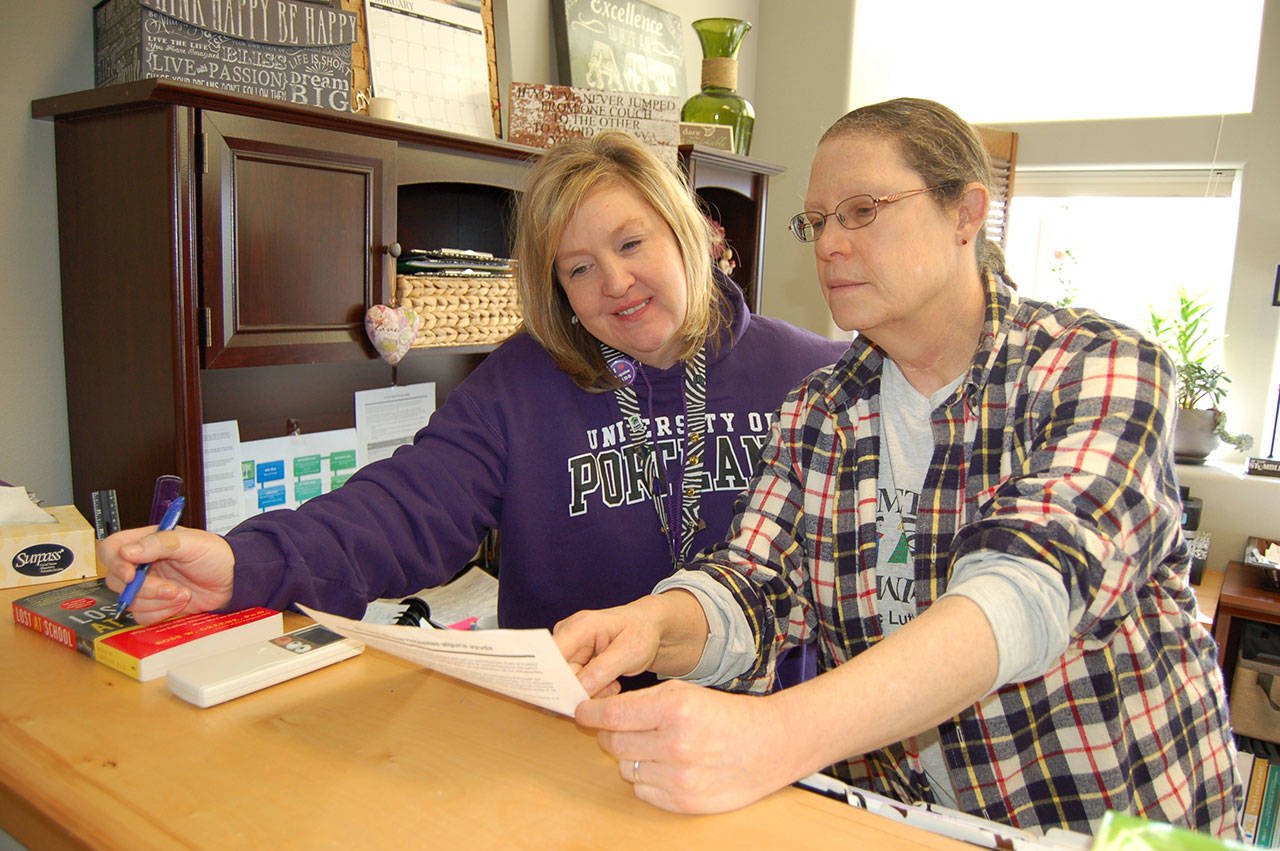Career and college readiness and school food options were two of the top categories that stood out to school officials in this year’s Comprehensive Needs Assessment survey.
Respondents from 570 households in the Sequim School District (SSD) indicated in a Comprehensive Needs Assessment (CNA) Tabulation sent out in November of 2016 and collected in December that they would like to see improvements in career and college readiness for K-12 students and increase healthy food choices for school meals.
The survey shows 52.9 percent of respondents said they wanted to see improvements in career and college readiness while 46.9 percent said they wanted to see improvements in emphasis on student learning.
“An upward trend in the community is recognizing the importance of emphasizing career and college readiness for all students through the K-12 pack,” assistant superintendent Ann Renker said.
Renker explained in last year’s survey the highest ranked category for improvements was an emphasis on student learning, meaning the interaction between students and teachers in the classroom. This year, it was still in the top three priorities.
“We are very happy that our community sees it as one of the top two priorities that I see is tied right to college readiness,” Renker said.
The other piece of the survey Renker thought read loud and clear was respondents wanting to see what kind of food the district is serving its students — 66.9 percent of respondents said they would like to increase healthy food choices for school meals. This was the top ranked category in the three most important budgetary concerns or opportunities in the survey.
“It’s interesting to see how many households are concerned about what children eat,” Renker said. “People want to see us be able to do some different things with what kind of food we serve children and exploring options like farm to table.”
Renker explained more food options are dependent on the district having a central kitchen where food service can prepare more foods from scratch. With the passing of the Capital Projects Levy, Renker said the district can demolish the current kitchen facility and construct a more suitable space to prepare more innovative food options.
The survey also asked questions about respondents’ living situations, how many students in the household attend Sequim schools, sources of food for a household, access to Internet and technology, district services, important budgetary concerns, classroom improvements and variety of other questions.
The survey was sent out in electronic, paper and a Spanish language form. It includes responses from 570 households representing 33.4 percent of the students currently enrolled in the SSD as of the October 2016 full-time equivalent student count.
The tabulation’s purpose is to allow the district to have a universal set of quantitative data that can be used for purposes such as required federal and state reports, applying for grants and to allow the community to have an equal voice in the budgeting and planning for the 2016-2017 school year.
The tabulation also is a way for the district and its departments to identify emerging trend data.
“Being able to survey the community and to get this data from the community is important to make sure parents and families and taxpayers that don’t have children in the school system do have an opportunity to have a voice in a public process,” Renker said. She explained the tabulation results are the equity piece for collecting feedback and information in the community.
“We need everyone to have an opportunity to have a voice,” she stated. “This is an opportunity where everyone can participate on an equal platform.”
Renker said the next step is to gather analyses from different groups, such as a parent advisory group, district officials, principals and other school faculty in order to gain a variety of perspectives on the tabulation results.



